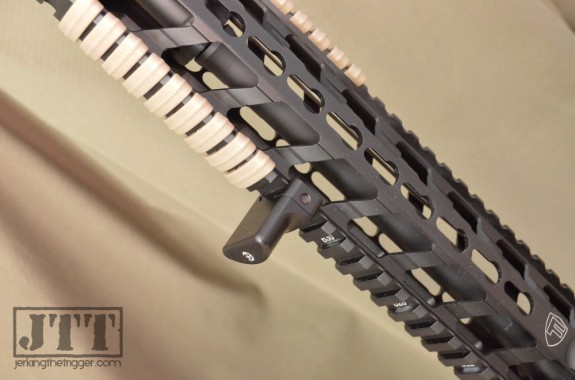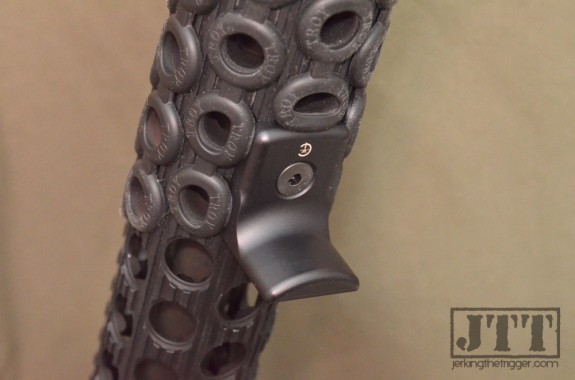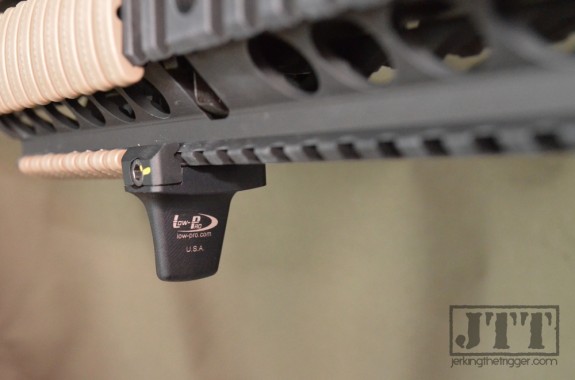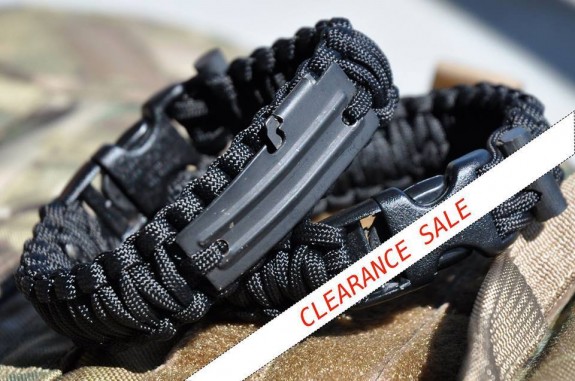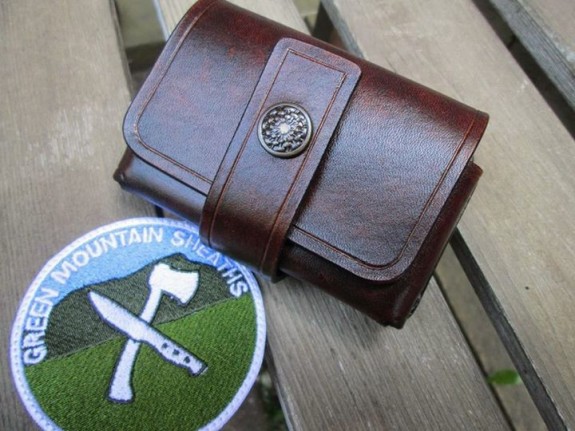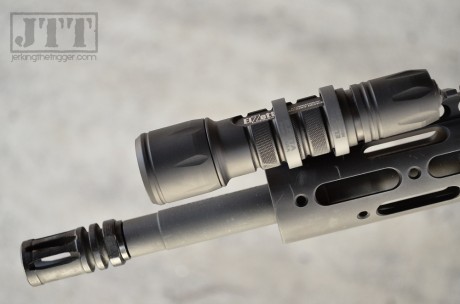When determining the monetary value of a new widget to hang on your carbine, most people try to determine if it adds enough functionality to justify its price. I suggest that we should be performing the same type of value analysis with weight. I rarely hear people talking about whether or not an accessory adds enough functionality to justify its weight.
Bipods are a good example. Bipods are a great tool for the precision shooter mounted on a rifle that is set up for precision shooting. The enhanced stability that a bipod offers justifies its weight in that role. Simply put, you are better off with it than without it. However, you wouldn’t (or at least you shouldn’t) put one on a carbine that has a red dot optic mounted. In that case, there is no justification for the additional weight of the bipod when just using the magazine as a monopod is more than stable enough for the relative precision of the carbine as configured. In this case, the weight of the bipod is unnecessary and it doesn’t make sense to carry it.
All of that brings me to the subject of this article – hand stops. These unsung little widgets are weight-to-functionality ratio poster children. The seed of an idea for this article stems from a picture that I posted on Facebook a while ago of a lightweight carbine build. I received an email from a reader wondering why, if my intent was to build the lightest carbine possible, I didn’t just remove the hand stop. If that truly was my intent, I suppose he would be right but that is never my intent. My intent is to build the lightest carbine that I can without sacrificing functionality or reliability.
My two favorite hand stops on the market weigh just half of an ounce and yet they offer for more than a half an ounce worth of capability. Hand stops weigh so little and yet provide so much capability that it hard for me to justify removing them. Hand stops can do most, if not all, of what a vertical grip can do but in a smaller and lighter package.
The most obvious use of a hand stop is as a grip aid or index point. When using it as a grip aid, place it directly behind where you would normally grip your carbine with your support hand to give you something to pull against when shouldering the carbine. It works very well with a thumb forward or thumb over grip.
Hand stops can also make it easier to activate your weapon. Activating a weapon light often requires at least a small shift in grip. This shift may make it harder to maintain an aggressive grip. The presence of a hand stop lets you use different parts of your hand to control the muzzle end of the rifle, freeing up your fingers to reach buttons/switches that would be difficult to use otherwise.
Barricade shooting is much more stable with a hand stop as long as their shape is well suited to it. I like my hand stops to have a vertical face or a slight forward hooked shape to ensure that they will bite into the barricade. You can either drive the hand stop into the barricade with the weight of your shoulder behind the carbine or hook the hand stop over the barricade and pull the hand stop back. I prefer the former.
Hand stops can also be very handy with improvised shooting positions. If you have ever shot under a low barricade from a bent over position on your knees, you will appreciate the stability that a hand stop can add when you pull it against the forearm of your support hand. This technique provides excellent stability and very fast follow-up shots.
Perhaps best of all, hand stops don’t get in the way as much as a vertical grip when resting your rifle. Shooting off of a sandbag, backpack, or an improvised field rest like a log or stump is drama free with a hand stop. That isn’t always the case with a vertical grip (not that this article is anti vertical grip as they also offer great functionality for their weight).
There are two hand stops that I have used extensively and am very confident in recommending. The previously reviewed Low-Pro Products Hand Stop has a slighty hooked shape and very well rounded corners for comfort. It weighs just half an ounce and doesn’t take up much rail space. I also use all flavors of the Impact Weapons Components Weapon Control MOUNT-N-SLOTs (KeyMod, direct-connect, and Picatinny Rail versions). The Picatinny Rail version of the Weapon Control may look chunky but it is actually cored out on the underside so it only weighs half an ounce.
Almost all hand stops will weigh less than a vertical grip and almost all of them will offer more than their weight’s worth of functionality. If you are budgeting your weight like you do your money, you can’t afford not to try a hand stop.
Check out Low Pro Products and Impact Weapons Components (remember to use code “triggerjerk” to save 5% on your Impact Weapons Components order).

